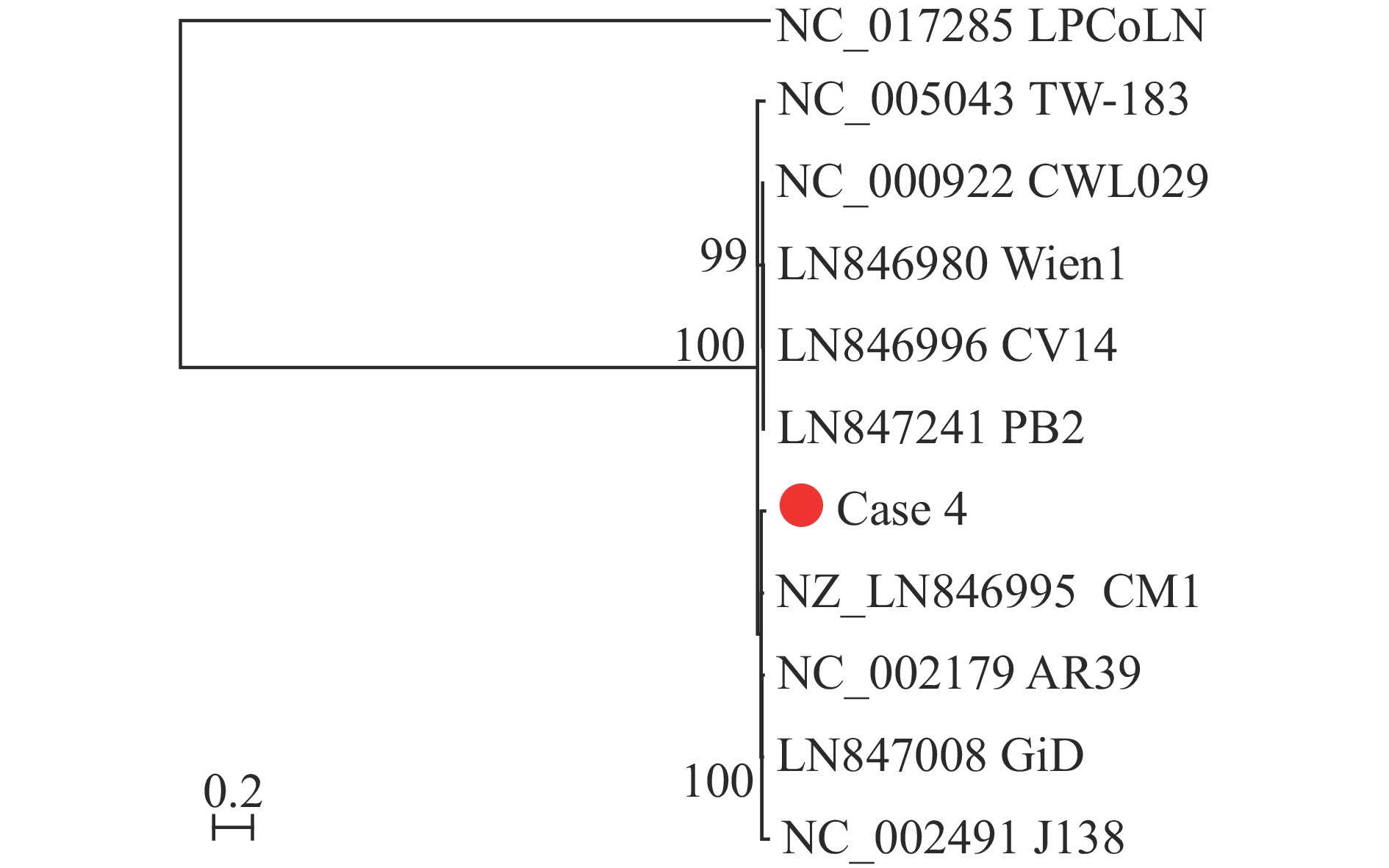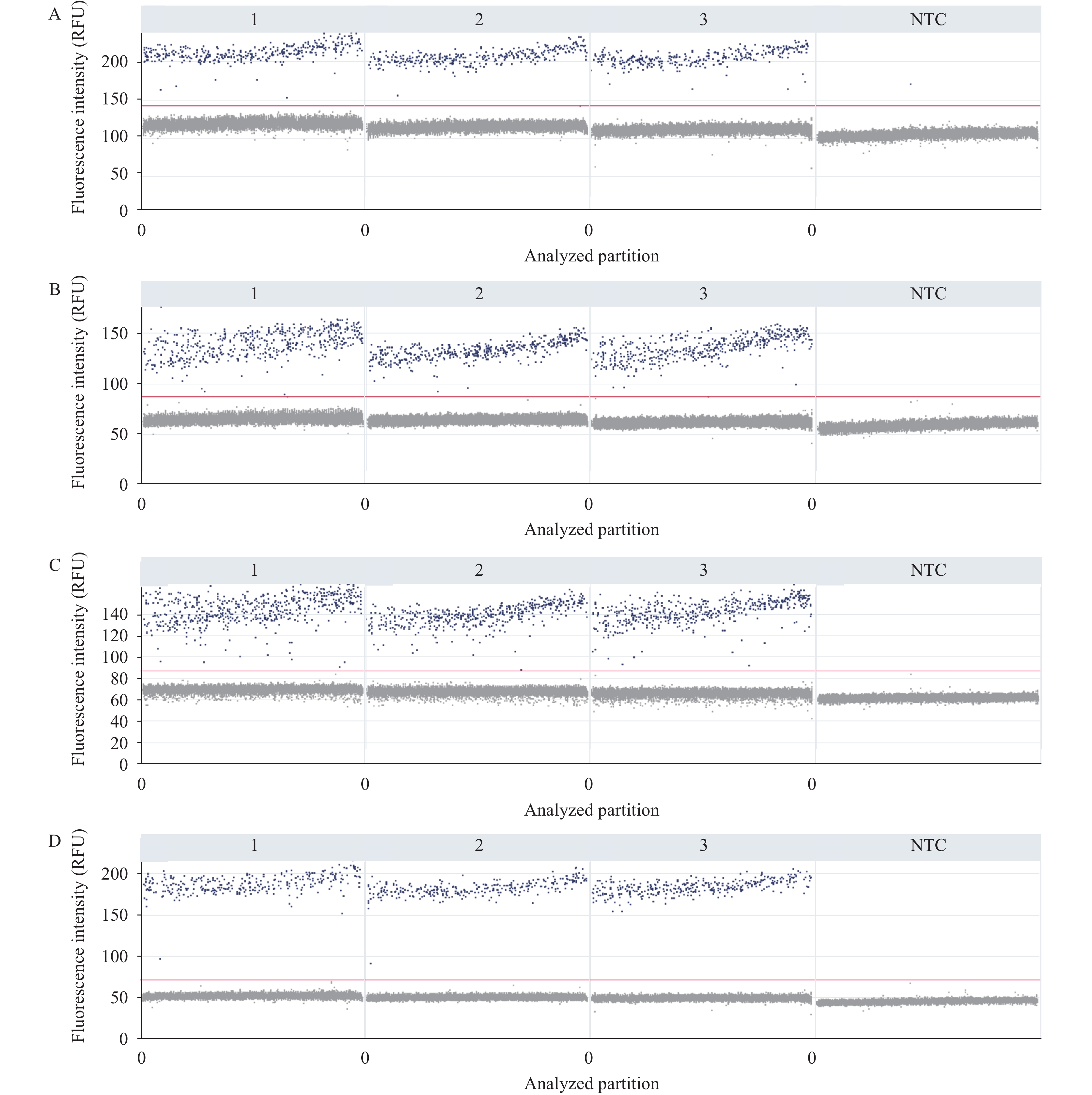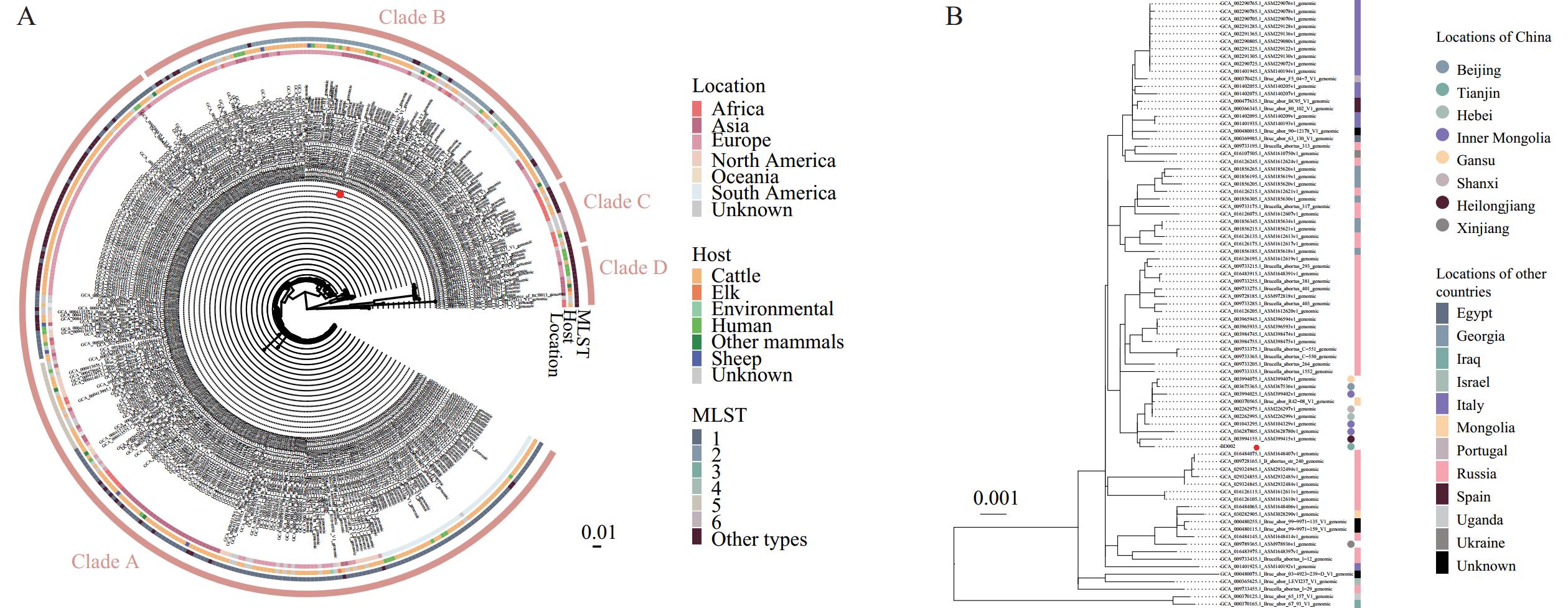2025 Vol. 7, No. 12
The cryosphere, encompassing glaciers, ice sheets, permafrost, and snow, plays a critical role in regulating climate and sustaining human wellbeing. However, climate change is driving widespread cryosphere degradation, intensifying geophysical and climate-related hazards that pose escalating risks to the public health and safety. The resulting decline in both the quantity and quality of cryosphere services also has severe consequences, particularly for populations in polar regions, high-altitude mountains, and their downstream areas. Furthermore, teleconnected climate systems can even extend cryosphere change impacts beyond these regions. It has been seen that increasing cryosphere-related hazards, such as glacial lake outburst floods and extreme winter events, heighten public health risks. Disrupted meltwater supply and ecosystem shifts inflict water and food insecurity in arid and semiarid regions, exacerbating malnutrition and disease burdens. Additionally, thawing permafrost may release ancient pathogens and toxic substances, increasing the risks of infectious disease outbreaks and severe environmental contamination. Addressing these cascading risks requires urgent interdisciplinary research, public awareness, and investment in adaptive strategies to strengthen societal resilience amid a rapidly changing cryosphere and safeguard public well-being.
To better protect public health under climate change, in September 2024, the National Disease Control and Prevention Administration of the People’s Republic of China, in collaboration with 12 other relevant departments, jointly released the China National Climate Change Health Adaptation Action Plan (2024–2030) (hereinafter referred to as the Action Plan), and innovatively proposed ten strategic prior actions. This study provides a systematic interpretation on the Action Plan, introducing its background, methodology and evidence used in production process, main concepts and content, the road map of implementation, as well as several possible challenges and solutions, which helps to give an overall understanding of the Action Plan.
Chlamydia pneumoniae (C. pneumoniae) is an important pathogen associated with respiratory infections. In China, C. pneumoniae pneumonia is not a notifiable infectious disease and is frequently overlooked in clinical detection protocols for community-acquired pneumonia. Consequently, the prevalence and genotypic distribution of chlamydial infections remain inadequately characterized.
We investigated four patients with C. pneumoniae pneumonia in Lishui City, Zhejiang Province, China, between April and May 2024. All patients exhibited decreased levels of retinol-binding protein and prealbumin, with two patients presenting with co-infections. Analysis of the 16S rRNA and ompA gene sequences demonstrated 98% to 100% homology with known C. pneumoniae strains. To further characterize these isolates, we sequenced seven housekeeping genes, which revealed that all four patients were infected with the ST16 sequence type.
Our findings underscore the necessity for enhanced surveillance and research on chlamydial infections, as well as the implementation of next-generation sequencing methodologies to improve pathogen identification, particularly in complex cases involving co-infections.
A quadruplex digital polymerase chain reaction (dPCR) method was developed for the simultaneous detection of Salmonella spp., Shigella spp., Vibrio cholerae, and V. parahaemolyticus in wastewater to enhance pathogen identification velocity and efficiency. This study established detection limits for these bacterial pathogens and validated the method using environmental wastewater samples.
Specific primers and probes were designed targeting the invA gene of Salmonella, ipaH gene of Shigella, tlh gene of V. parahaemolyticus, and cholera toxin gene ctxA of V. cholerae. The quadruplex dPCR assay underwent rigorous evaluation for analytical sensitivity and specificity. Detection limits were determined using spiked wastewater samples, and the method’s effectiveness was assessed through preliminary testing of 60 environmental wastewater samples.
The quadruplex dPCR assay was optimized at an annealing temperature of 58°C. In spiked wastewater samples, the detection limits were 390 CFU/100 mL for Salmonella, 11 CFU/100 mL for Shigella, 660 CFU/100 mL for V. cholerae, and 640 CFU/100 mL for V. parahaemolyticus. Analysis of 60 municipal wastewater samples revealed pathogen concentrations ranging from 100.9–14,560 copies/100 mL for Shigella, 86.5–7,329 copies/100 mL for Salmonella, and 84.5–865.7 copies/100 mL for V. parahaemolyticus.
The developed quadruplex dPCR assay demonstrates robust capability for comprehensive surveillance of intestinal bacterial pathogens in wastewater, offering reliable detection even at low concentrations.
Lassa fever, an acute viral hemorrhagic illness caused by Lassa virus, is primarily transmitted through contact with rodents, particularly Mastomys species. The disease is endemic to West Africa and is not classified as a notifiable infectious disease in China. Prior to August 2024, no cases of Lassa fever had been reported in China.
The clinical manifestations of Lassa fever (LF) are nonspecific and may closely resemble those of other febrile illnesses, posing challenges for detection at points of entry and during medical evaluations. In this severe case, the patient experienced coma and developed persistent hearing loss even after discharge, emphasizing the critical importance of early diagnosis and treatment.
For cases with unclear diagnoses, healthcare providers should prioritize obtaining a detailed 30-day travel history to assess the potential risk of imported infectious diseases. Public health strategies in Africa must prioritize: 1) community-tailored health education campaigns, 2) enhanced syndromic surveillance coupled with pathogen-specific research, and 3) sustainable stockpiling of rapid diagnostic tests (RDTs) for endemic infections alongside accelerated vaccine development pipelines.



 Subscribe for E-mail Alerts
Subscribe for E-mail Alerts CCDC Weekly RSS Feed
CCDC Weekly RSS Feed



